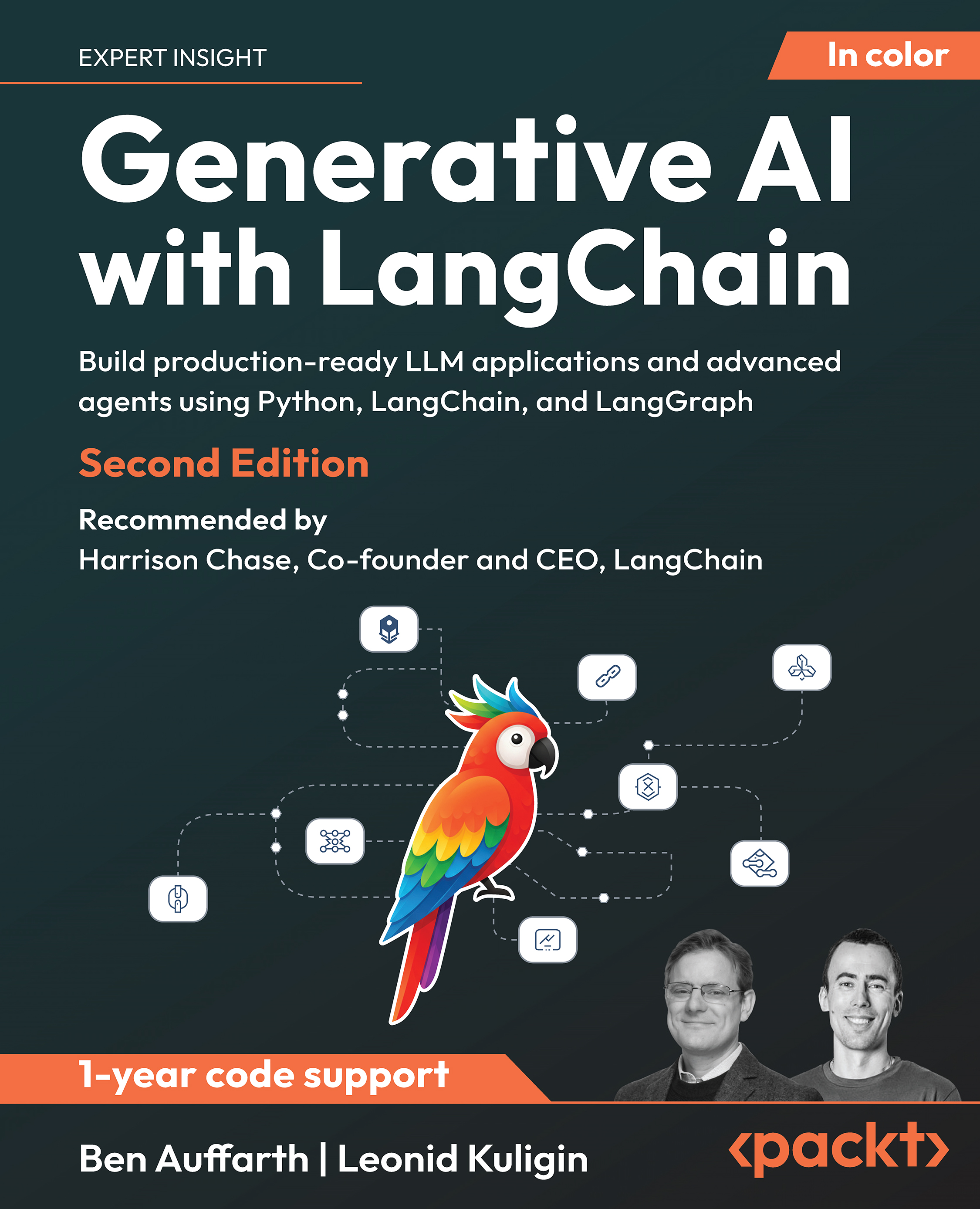(For more resources related to this topic, see here.)
Getting ready
This article will focus on how to use Cucumber in daily BDD development on the Ruby on Rails platform. Please install the following software to get started:
- Ruby Version Manager
- Version 1.9.3 of Ruby
- Version 3.2 of Rails
- The latest version of Cucumber
- A handy text editor; Vim or Sublime Text
How to do it...
To install RVM, bundler, and Rails we need to complete the following steps:
- Install RVM (read the latest installation guide from http://rvm.io ).
$ curl -L https://get.rvm.io | bash -s stable --ruby
- Install the latest version of Ruby as follows:
$ rvm install ruby-1.9.3
- Install bundler as follows:
$ gem install bundler
- Install the latest version of Rails as follows:
$ gem install rails
Cucumber is a Ruby gem. To install it we can run the following command in the terminal:
- Cucumber contains two parts: features and step definitions. They are explained in the following section:
$ gem install cucumber
- If you are using bundler in your project, you need to add the following lines into your Gemfile:
gem 'cucumber'
How it works...
We will have to go through the following files to see how this recipe works:
- Feature files (their extension is .feature): Each feature is captured as a "story", which defines the scope of the feature along with its acceptance criteria. A feature contains a feature title and a description of one or more scenarios. One scenario contains describing steps.
- Feature: A unique feature title within the project scope with a description. Its format is as follows:
Feature: <feature title>
<feature description>
- Scenario: This elaborates how the feature ought to behave. Its format is as follows:
Scenario: <Scenario short description>
Given <some initial context>
When <an event occurs>
Then <ensure some outcomes>
- Step definition files: A step definition is essentially a block of code associated with one or more steps by a regular expression (or, in simple cases, an exact equivalent string).
Given "I log into system through login page" do
visit login_page
fill_in "User name", :with => "wayne"
fill_in "Password", :with => "123456"
click_button "Login"
end
Unlock access to the largest independent learning library in Tech for FREE!
Get unlimited access to 7500+ expert-authored eBooks and video courses covering every tech area you can think of.
Renews at ₹800/month. Cancel anytime
When running a Cucumber feature, each step in the feature file is like a method invocation targeting the related step definition. Each step definition is like a Ruby method which takes one or more arguments (the arguments are interpreted and captured by the Cucumber engine and passed to the step method; this is essentially done by regular expression). The engine reads the feature steps and tries to find the step definition one by one. If all the steps match and are executed without any exceptions thrown, then the result will be passed; otherwise, if one or more exceptions are thrown during the run, the exception can be one of the following:
- Cucumber::Undefined: Step was an undefined exception
- Cucumber::Pending: Step was defined but is pending implementation
- Ruby runtime exception: Any kind of exception thrown during step execution
Similar with other unit-testing frameworks, Cucumber runs will either pass or fail depending on whether or not exception(s) are thrown, whereas the difference is that according to different types of exceptions, running a Cucumber could result in the following four kinds:
- Passed
- Pending
- Undefined
- Failed
The following figure demonstrates the flow chart of running a Cucumber feature:

There's more...
Cucumber is not only for Rails, and the Cucumber feature can be written in many other languages other than English.
Cucumber in other languages/platforms
Cucumber is now available on many platforms. The following is a list of a number of popular ones:
- JVM: Cucumber-JVM
- .NET: SpecFlow
- Python: RubyPython, Lettuce
- PHP: Behat
- Erlang: Cucumberl
Cucumber in your mother language
We can actually write Gherkin in languages other than English too, which is very important because domain experts might not speak English. Cucumber now supports 37 different languages.
There are many great resources online for learning Cucumber:
Summary:
In this article we saw what is Cucumber, how to use Cucumber in daily BDD development on the Ruby on Rails, how to install RVM, bundler, and Rails, running a Cucumber feature, and Cucumber in different language and platform.
Resources for Article :
Further resources on this subject:
 United States
United States
 Great Britain
Great Britain
 India
India
 Germany
Germany
 France
France
 Canada
Canada
 Russia
Russia
 Spain
Spain
 Brazil
Brazil
 Australia
Australia
 South Africa
South Africa
 Thailand
Thailand
 Ukraine
Ukraine
 Switzerland
Switzerland
 Slovakia
Slovakia
 Luxembourg
Luxembourg
 Hungary
Hungary
 Romania
Romania
 Denmark
Denmark
 Ireland
Ireland
 Estonia
Estonia
 Belgium
Belgium
 Italy
Italy
 Finland
Finland
 Cyprus
Cyprus
 Lithuania
Lithuania
 Latvia
Latvia
 Malta
Malta
 Netherlands
Netherlands
 Portugal
Portugal
 Slovenia
Slovenia
 Sweden
Sweden
 Argentina
Argentina
 Colombia
Colombia
 Ecuador
Ecuador
 Indonesia
Indonesia
 Mexico
Mexico
 New Zealand
New Zealand
 Norway
Norway
 South Korea
South Korea
 Taiwan
Taiwan
 Turkey
Turkey
 Czechia
Czechia
 Austria
Austria
 Greece
Greece
 Isle of Man
Isle of Man
 Bulgaria
Bulgaria
 Japan
Japan
 Philippines
Philippines
 Poland
Poland
 Singapore
Singapore
 Egypt
Egypt
 Chile
Chile
 Malaysia
Malaysia













